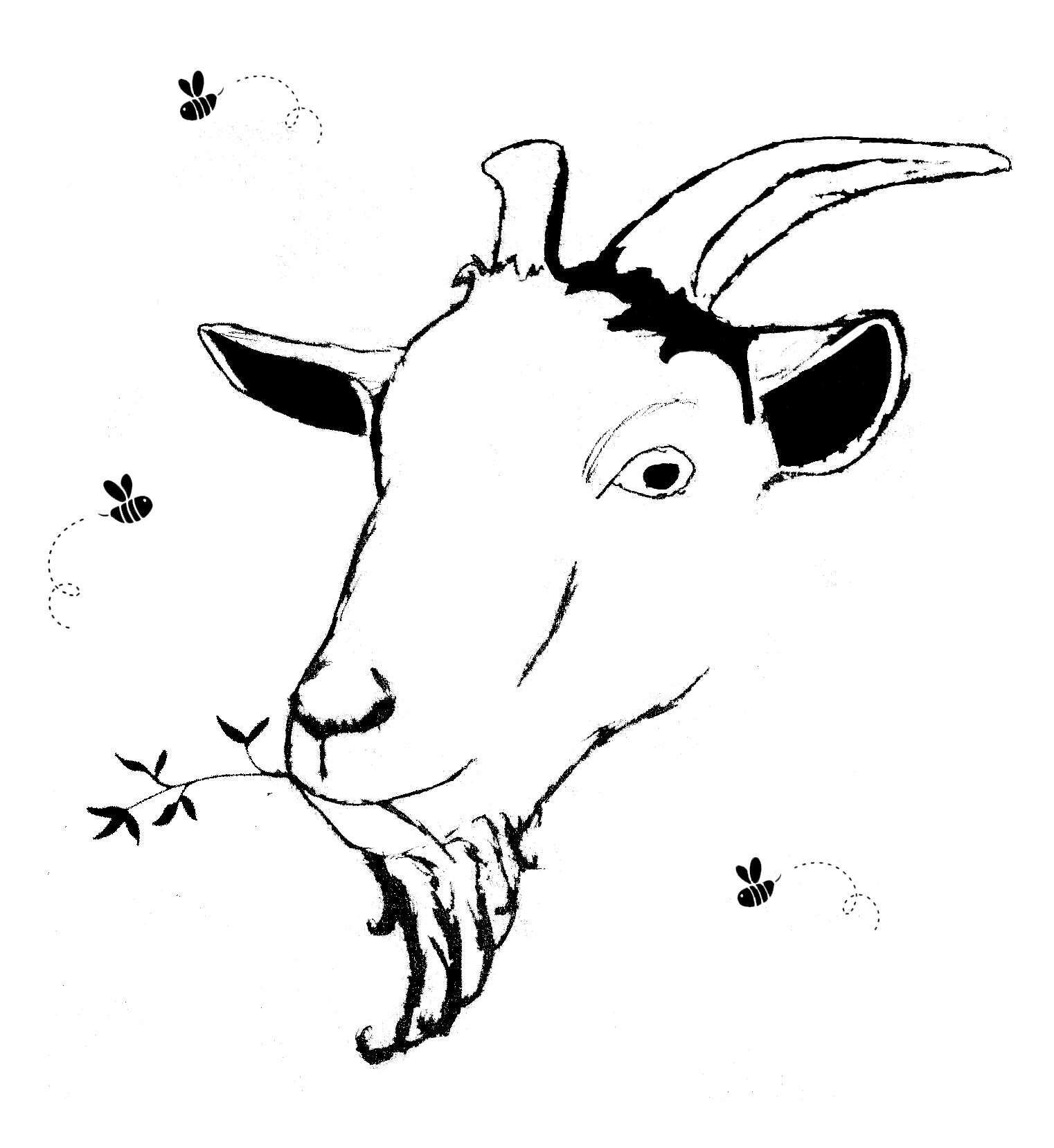Overview
Maceration is one of the simplest and most widely used methods for extracting medicinal compounds from herbs. It involves soaking plant material in a solvent (usually alcohol, water, or oil) over time to dissolve and extract its active constituents.
This method is commonly used to make tinctures, infused oils, and herbal extracts for medicinal use.
Materials Needed
- Dried or fresh plant material (e.g., leaves, roots, bark, flowers)
- Solvent (e.g., ethanol, water, oil, vinegar, or glycerin)
- Glass jar with a tight-fitting lid (amber or clear glass)
- Measuring scale or cup
- Cheesecloth or fine mesh strainer
- Dark glass bottles for storage (with dropper or screw caps)
- Label and marker
Step-by-Step Process
1. Prepare the Plant Material
- Fresh Herbs: Chop or bruise the herb to release its juices.
- Dried Herbs: Crush or grind into small pieces to increase surface area.
- Weigh the plant material according to the desired ratio (e.g., 1:5 for dried herbs or 1:2 for fresh herbs).
2. Choose a Solvent
The solvent determines what compounds will be extracted. Here are common options:
- Ethanol (Alcohol) – Best for tinctures
- Extracts alkaloids, flavonoids, and volatile oils.
- Use 80–95% ethanol for dried roots, resins, or barks.
- Use 40–60% ethanol for leaves and flowers.
- Water – Best for teas and infusions
- Extracts tannins, mucilage, and polysaccharides.
- Oil (Olive, Coconut, Almond) – Best for infused oils
- Extracts lipophilic (fat-soluble) compounds like essential oils and waxes.
- Glycerin – Good alcohol alternative for tinctures
- Works well for children or alcohol-sensitive individuals.
- Vinegar – Used in medicinal oxymels
- Extracts minerals and acids.
3. Combine the Ingredients
- Place the plant material in a clean, dry glass jar.
- Pour the solvent over the herb, ensuring it is fully submerged.
- Seal the jar tightly and shake it well to distribute the solvent.
4. Maceration Process
- Store in a dark, cool place for 2–6 weeks (depending on the herb and solvent).
- Shake the jar daily to help with extraction.
- Monitor for spoilage (especially with water-based macerations).
5. Strain and Filter
- After the maceration period, strain the liquid through cheesecloth or a fine mesh strainer.
- Press the plant material to extract every last bit of liquid.
- Optional: Filter again through a coffee filter for a clearer extract.
6. Storage
- Transfer the liquid into dark glass bottles.
- Label with date, herb name, solvent type, and ratio.
- Store in a cool, dark place (tinctures last years, oils last months).
Maceration Time Guide
| Herb Type | Solvent | Maceration Time |
|---|---|---|
| Soft Leaves & Flowers | Alcohol/Water | 2-4 weeks |
| Hard Roots & Barks | Alcohol/Water | 4-6 weeks |
| Oil Infusions | Carrier Oil | 4-8 weeks |
| Vinegar/Glycerin | Vinegar/Glycerin | 4-6 weeks |
Final Notes
- Alcohol tinctures have the longest shelf life (several years).
- Oil infusions should be stored in the fridge to prevent rancidity.
- Shake tinctures before use to distribute compounds evenly.
- Dilute high-proof tinctures with water before ingestion.

